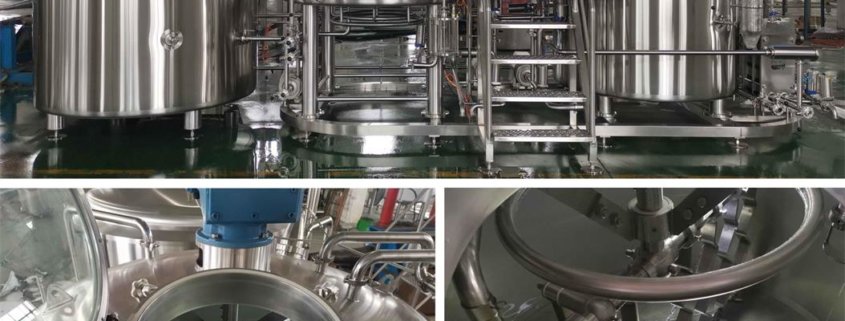Why a 10 bbl Brewhouse is Perfect for Craft Breweries
What is a 10 bbl Brewhouse?
A 10 bbl brewhouse refers to a brewing system capable of producing 10 barrels (bbl) of beer per batch. In case you’re wondering, a barrel is equivalent to 31 gallons, which means this system can produce approximately 310 gallons of beer in a single brew. This capacity makes it a popular choice for small to medium-sized breweries, brewpubs, and craft beer startups looking to step up their production without going overboard.
The 10 bbl brewhouse typically includes several key components, such as mash tuns, lauter tuns, kettles, whirlpools, and fermenters. It is designed for efficiency and consistency, ensuring every batch of beer meets the brewer’s exacting standards.
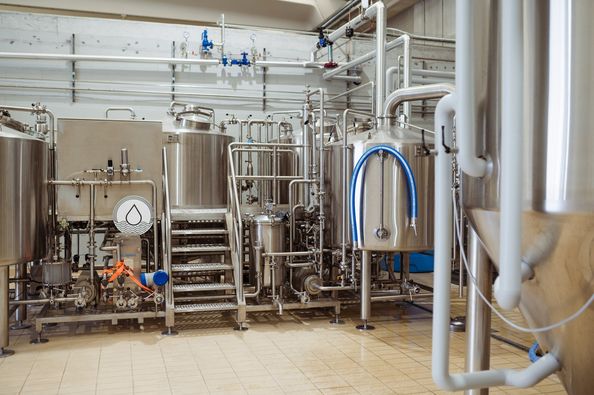
10 bbl Brewhouse Suitable Brewing Scale
Is a 10 bbl brewhouse the right size for your operation? It depends on your production goals and business model. Here’s what makes it ideal for certain setups:
- Brewpubs: A 10 bbl system is often the sweet spot for brewpubs that serve fresh beer on-site. It’s large enough to meet demand but not so large that you’re overwhelmed with surplus.
- Craft Breweries: For breweries looking to distribute regionally or locally, a 10 bbl brewhouse provides the capacity to supply bars, restaurants, and retail outlets without requiring massive infrastructure.
- Scalability: If you’re planning for growth, a 10 bbl brewhouse offers a scalable solution. It can serve as a stepping stone to larger systems as your demand increases.
Features and Advantages of a 10 bbl Brewhouse
Investing in a 10 bbl brewhouse comes with a host of benefits. Let’s explore the standout features and why this size is a favorite among brewers:
- Efficiency: A well-designed 10 bbl system maximizes output while minimizing waste. Advanced automation features, such as programmable logic controllers (PLCs), ensure precision at every step.
- Versatility: These systems are compatible with a wide variety of brewing techniques, from ales and lagers to experimental brews.
- Compact Design: Compared to larger brewhouses, a 10 bbl system requires less space, making it ideal for urban brewpubs or smaller facilities.
- Cost-Effectiveness: While larger systems cost more upfront, a 10 bbl brewhouse offers a balanced investment that can quickly pay off through consistent production.
- Customizability: Many manufacturers offer customization options, so you can tailor the system to your specific brewing needs, whether that means adding a steam jacket or upgrading to an electric heating system.
How to Choose a Suitable 10 bbl Brewhouse
Selecting the right brewhouse can feel overwhelming. To make an informed decision, consider the following factors:
| Factor | Details to Consider |
|---|---|
| Brewing Goals | Define your production capacity, type of beer, and long-term growth plans. |
| Heating Method | Choose between steam, electric, or direct fire heating based on your facility’s infrastructure and efficiency needs. |
| Material Quality | Opt for high-grade stainless steel for durability and hygiene. |
| Automation Level | Decide how much automation you need. Fully automated systems save time but can be more expensive. |
| Budget | Establish a budget that includes installation, maintenance, and potential future upgrades. |
| Manufacturer Reputation | Research trusted brands with positive customer reviews and reliable customer support. |
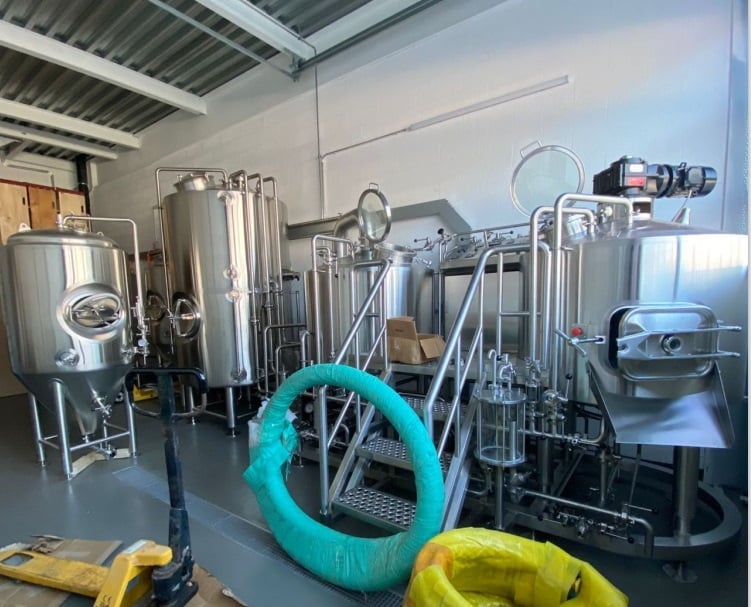
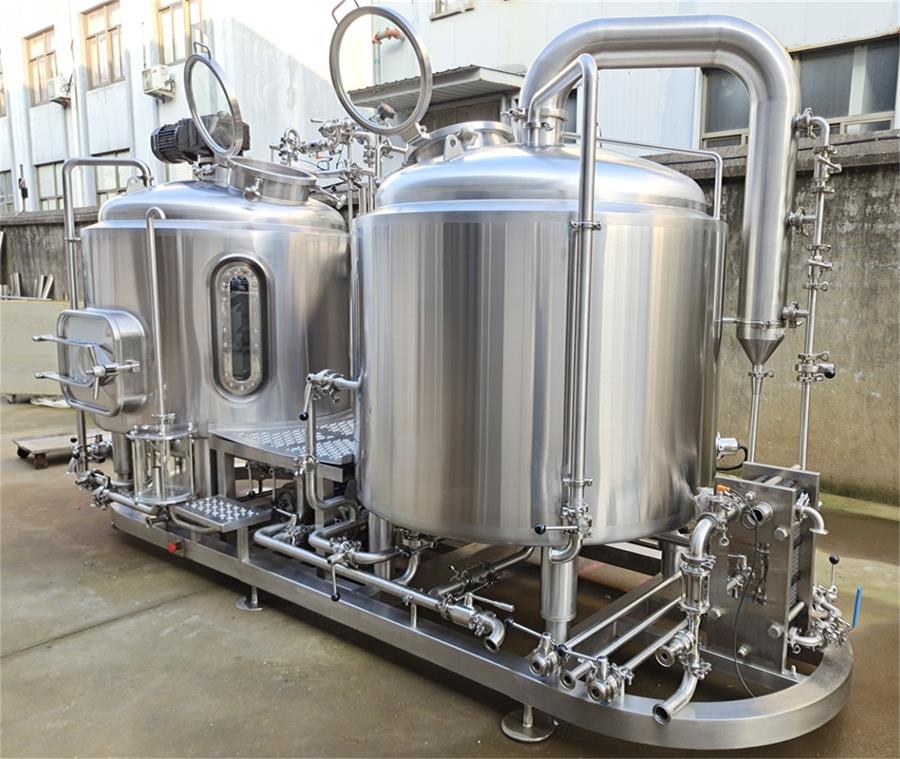


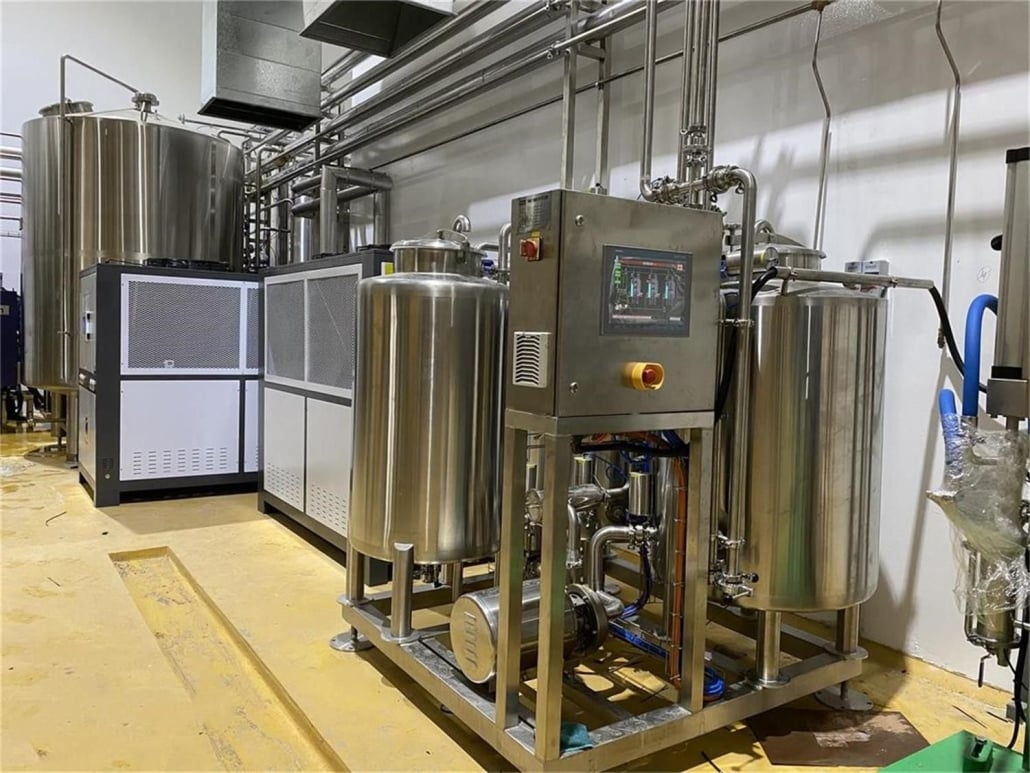
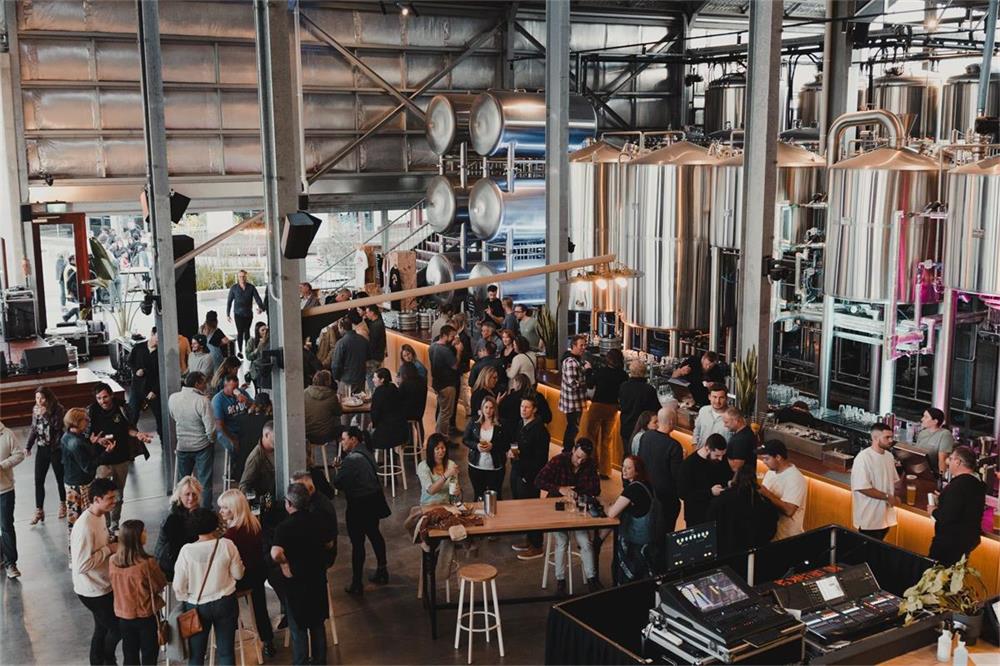
10 bbl Brewhouse Material Quality
When it comes to brewing equipment, material quality isn’t something you want to skimp on. Stainless steel is the industry standard for a reason:
- Durability: Stainless steel is incredibly strong, which means your equipment can withstand years of use without significant wear and tear.
- Hygiene: Its non-porous surface prevents bacteria and other contaminants from taking hold, ensuring your beer remains pure.
- Corrosion Resistance: Brewing involves exposure to heat, moisture, and acidic conditions. Stainless steel’s corrosion resistance makes it ideal for this environment.
- Aesthetic Appeal: Let’s face it, stainless steel just looks professional and sleek.
Other materials, such as aluminum or plastic, may be cheaper upfront but lack the longevity and reliability of stainless steel. In the long run, stainless steel saves money and ensures product quality.
Key Components of a 10 bbl Brewhouse
A 10 bbl brewhouse typically includes the following components, each essential for producing high-quality beer:
| Component | Description |
|---|---|
| Mash Tun | Used for mashing malted barley with hot water to convert starches into fermentable sugars. |
| Lauter Tun | Separates the liquid wort from the solid grain husks. |
| Brew Kettle | Boils the wort and adds hops for bitterness, flavor, and aroma. |
| Whirlpool | Separates hop debris and other solids from the wort post-boil. |
| Fermenters | Vessels where yeast is added, and the wort ferments into beer. |
| Bright Beer Tank | Used for carbonating and storing beer before packaging. |
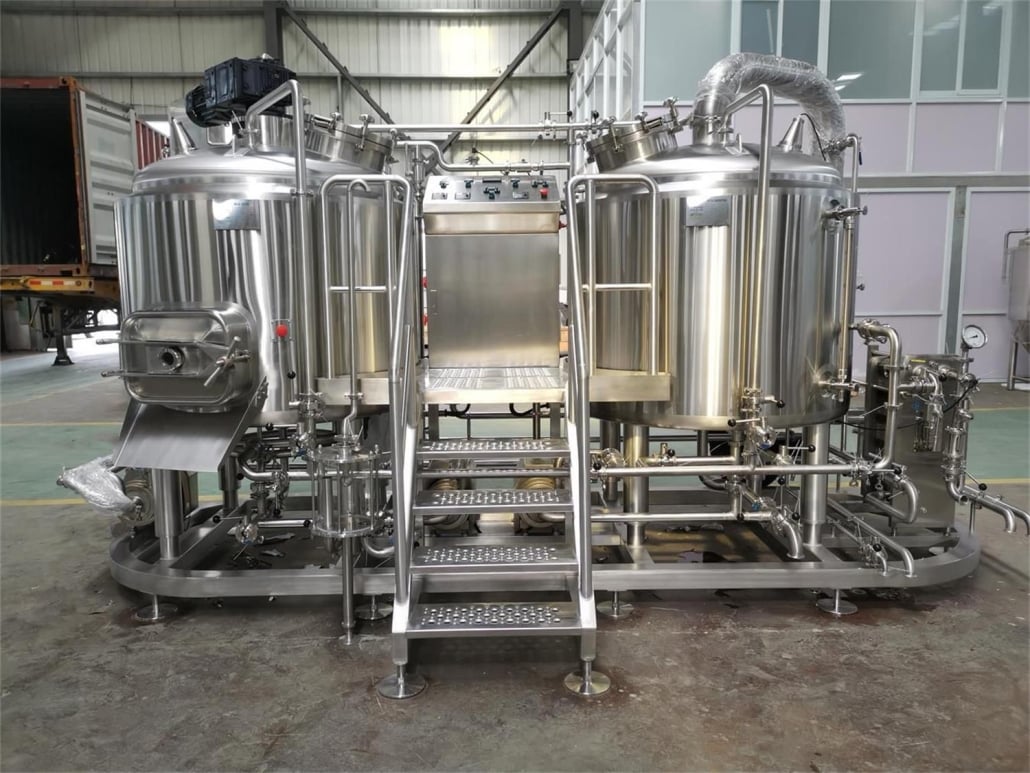
Recommended 10 bbl Brewhouse Suppliers
Finding a reliable supplier is crucial. Here’s a comparison of some top manufacturers:
| Supplier | Specialties | Customer Support |
|---|---|---|
| ABC Brewing Systems | Customizable designs, advanced automation features | Excellent after-sales support |
| BrewMaster Co. | Focus on small to medium-sized breweries | Responsive and knowledgeable |
| Stainless Pros | High-quality stainless steel equipment | 24/7 technical assistance |
| CraftWorks Solutions | Turnkey solutions for startups and scaling breweries | Comprehensive training |
FAQ
What is a Bright Beer Tank?
A bright beer tank (BBT) is a vessel used for conditioning, carbonating, and storing beer before it’s packaged. It ensures the beer is clear (or “bright”), carbonated to the desired level, and ready for kegging, bottling, or canning.
Why is a Bright Beer Tank Important?
It’s a crucial step in the brewing process because it ensures consistency and quality. Without it, your beer might have inconsistent carbonation or sediment issues.
What Sizes Are Available?
Bright beer tanks come in various sizes, typically matching the capacity of your fermenters. For a 10 bbl brewhouse, a 10 bbl BBT is standard.
Can You Use a Fermenter Instead?
While it’s possible to carbonate in a fermenter, a bright beer tank is more efficient and ensures better results. It’s also easier to clean and maintain.

